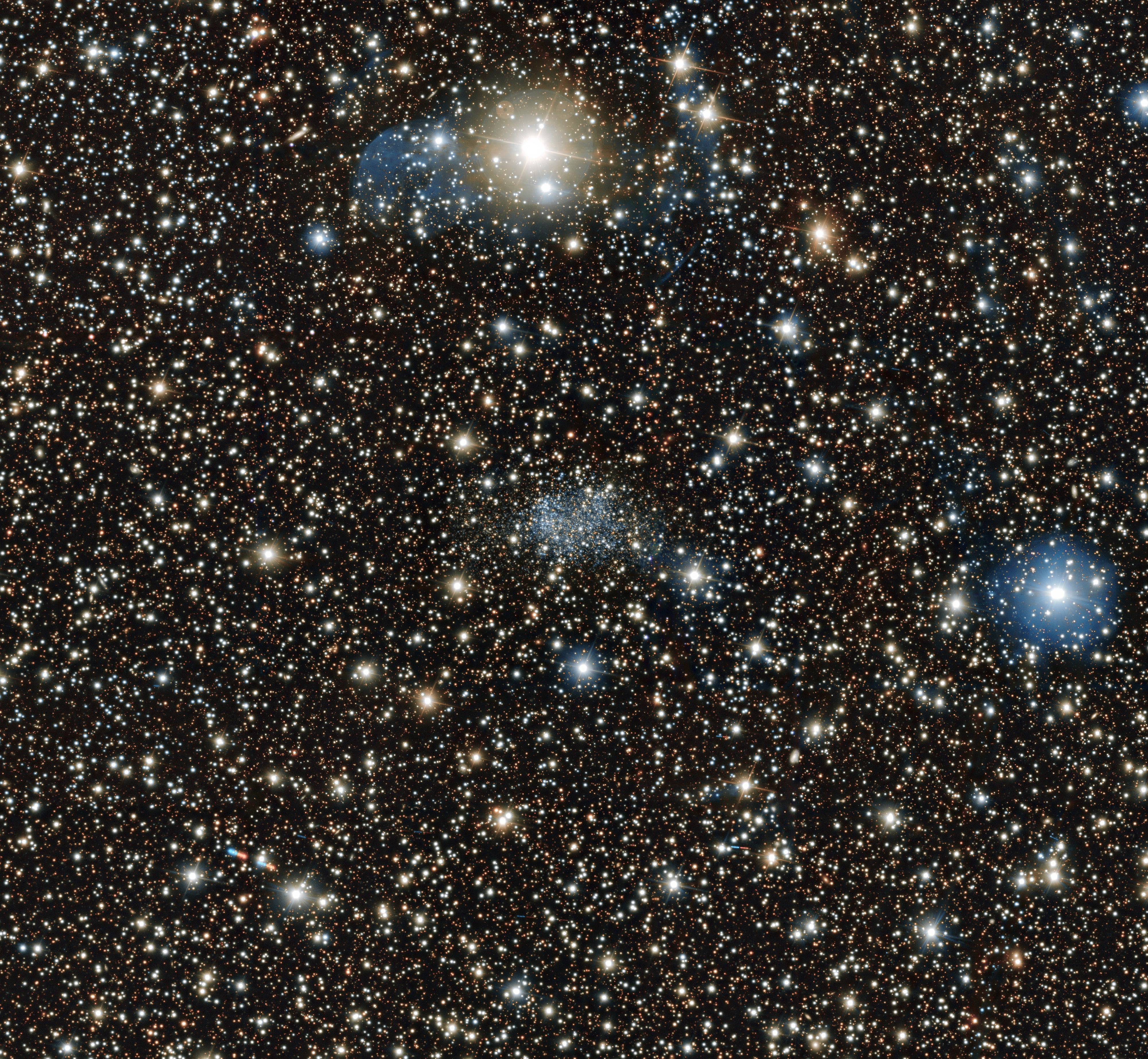
SagDIG (also called Sgr dIG or ESO 594–4) is one of the Milky Way’s dwarf irregular galaxy neighbors. In fact, SagDIG stands for Sagittarius Dwarf Irregular Galaxy. Don’t confuse it with SagDEG — the Sagittarius Dwarf Elliptical Galaxy, discovered in 1994.
At 3.4 million light-years away, SagDIG lies slightly farther than M33, the Pinwheel Galaxy in Triangulum. Discovered June 13, 1977, using the 1-meter Schmidt telescope at the European Southern Observatory, it rates as nearly impossible to observe. The galaxy’s estimated visual magnitude is 15.5; while it’s possible to observe 16th-magnitude galaxies with a 20-inch telescope under excellent skies, SagDIG’s light is spread over an area of 2.9′ by 2.1′, making it much more elusive than its magnitude suggests.
Large optics and absolutely transparent skies are a prerequisite to attempt visual observations. (Let’s see you prove me wrong!) SagDIG is located about 2° east of Rho (ρ) Sagittarii and 4° above the ecliptic. It lies about 4.5° southwest of Barnard’s Galaxy.
Research on this outermost member of the Local Group indicates that its metal-poor stars are relatively young, ranging from 4 billion to 8 billion years old. It has been through an extended period of star formation, though there is no evidence of remaining star-forming gas clouds today. Its stars appear spread out on the sky, allowing at least a dozen background galaxies to shine through SagDIG.









